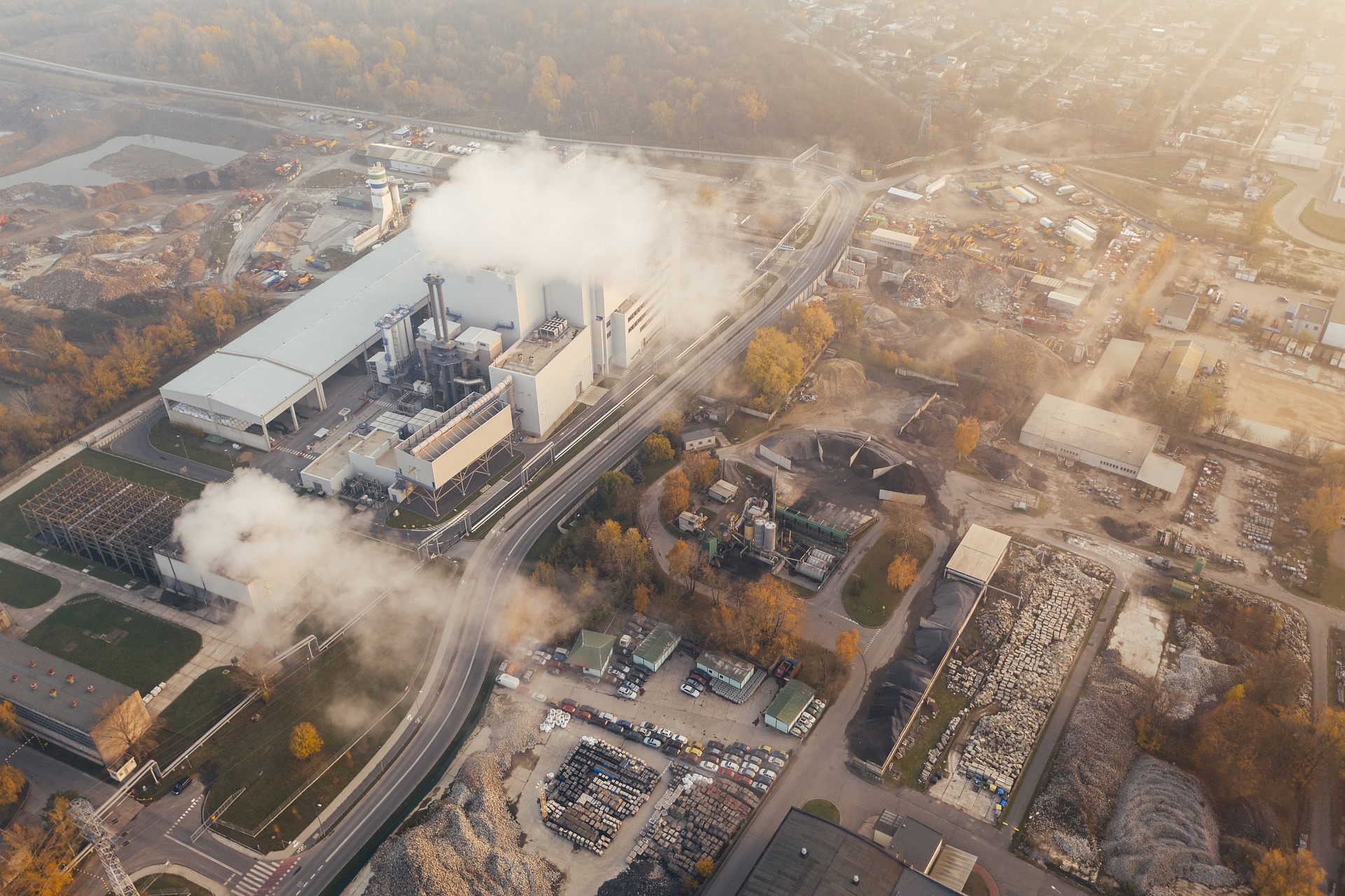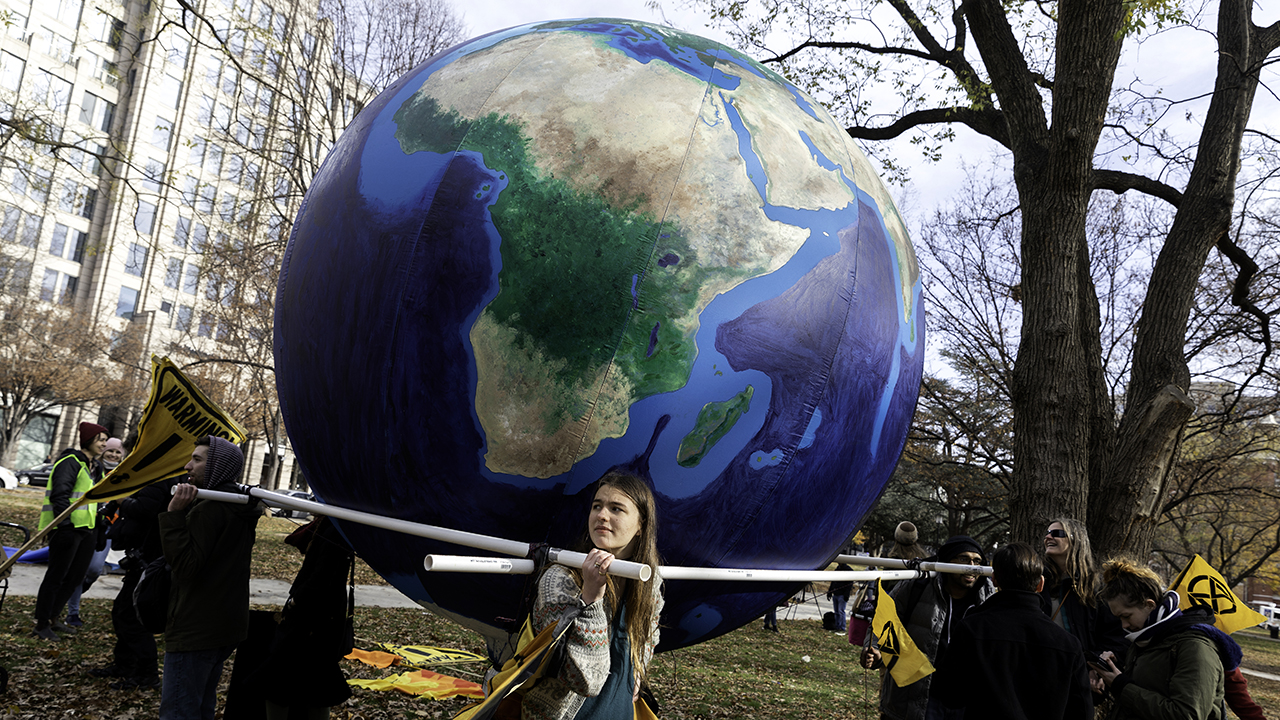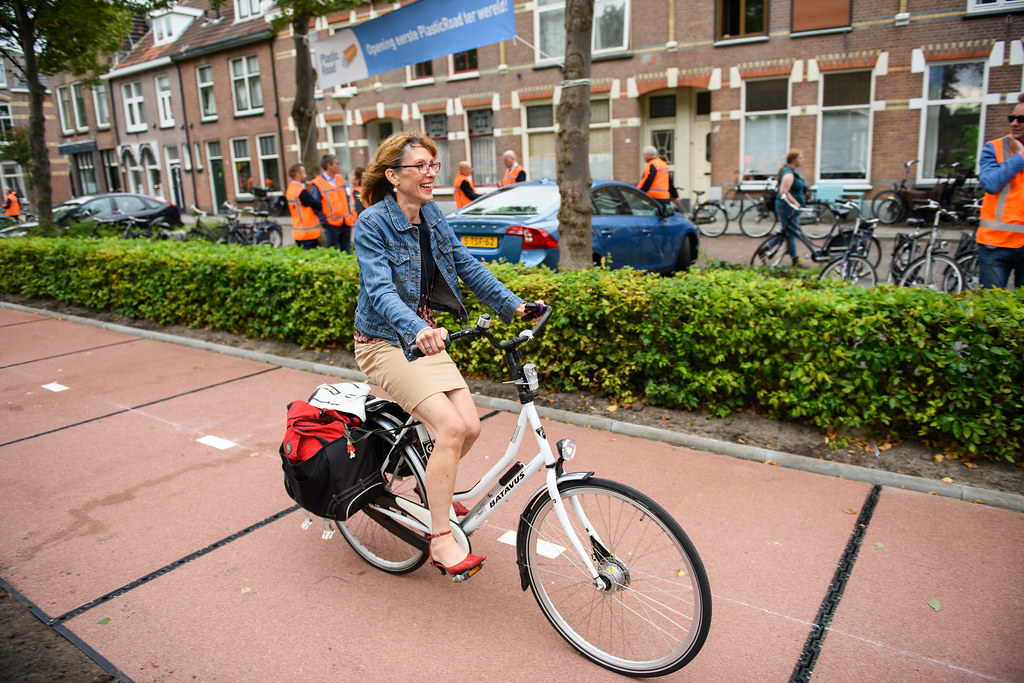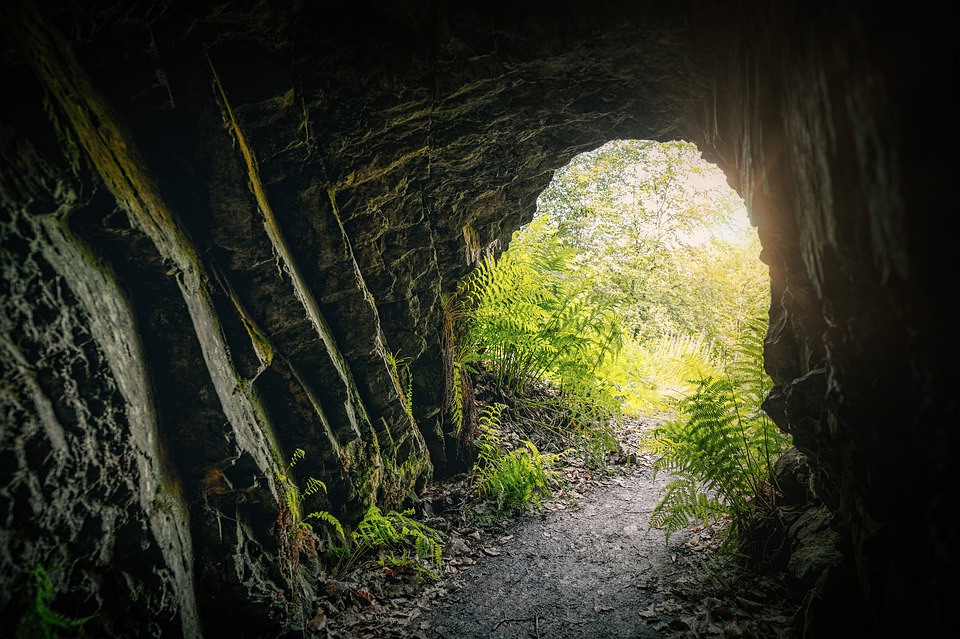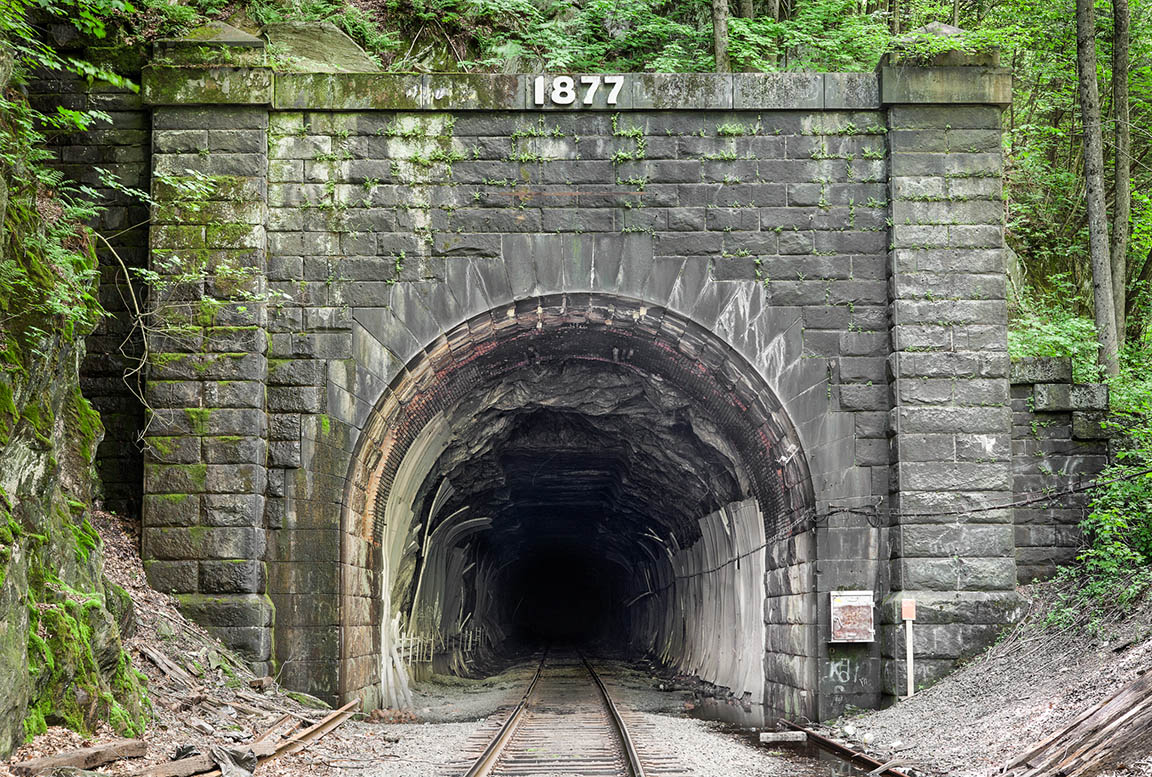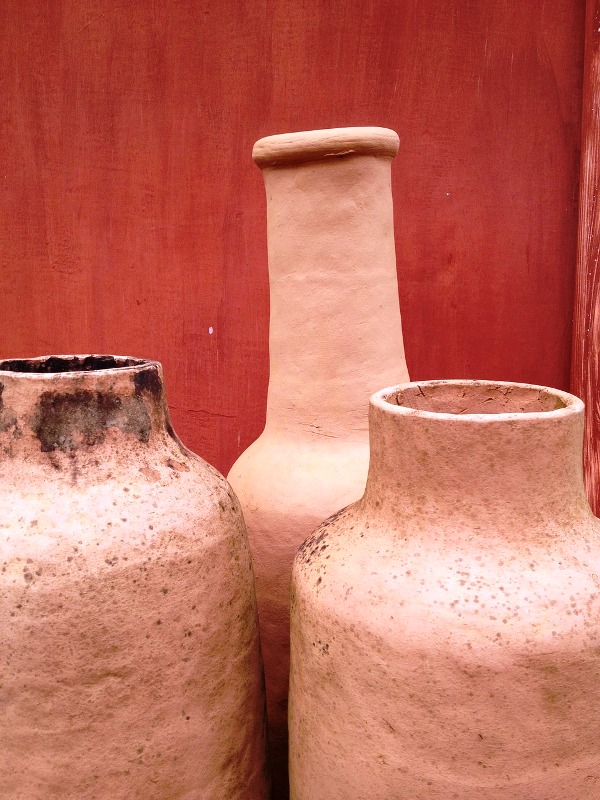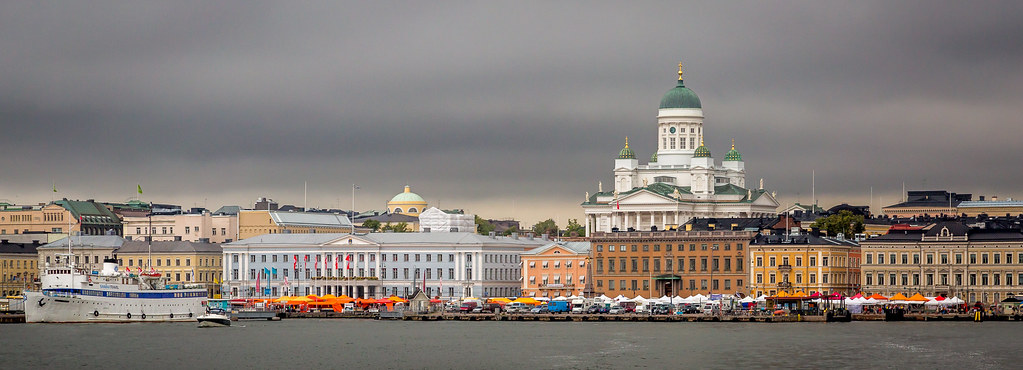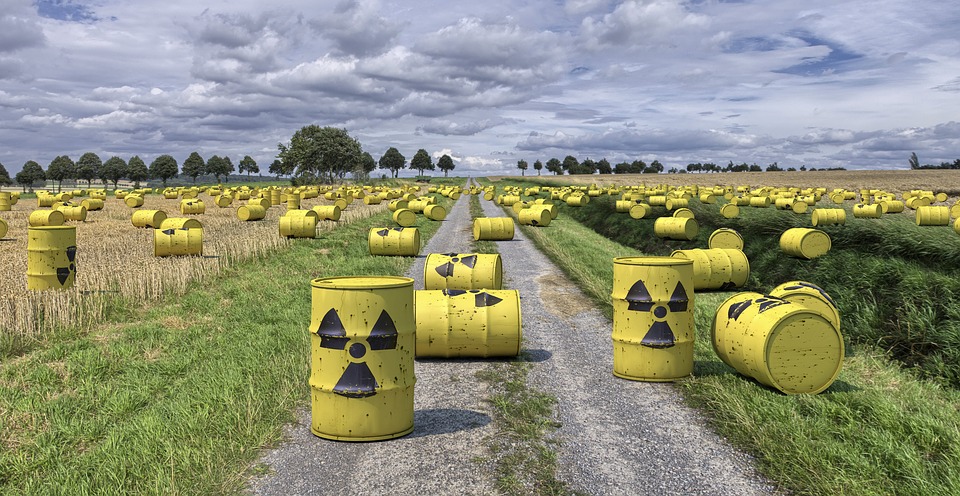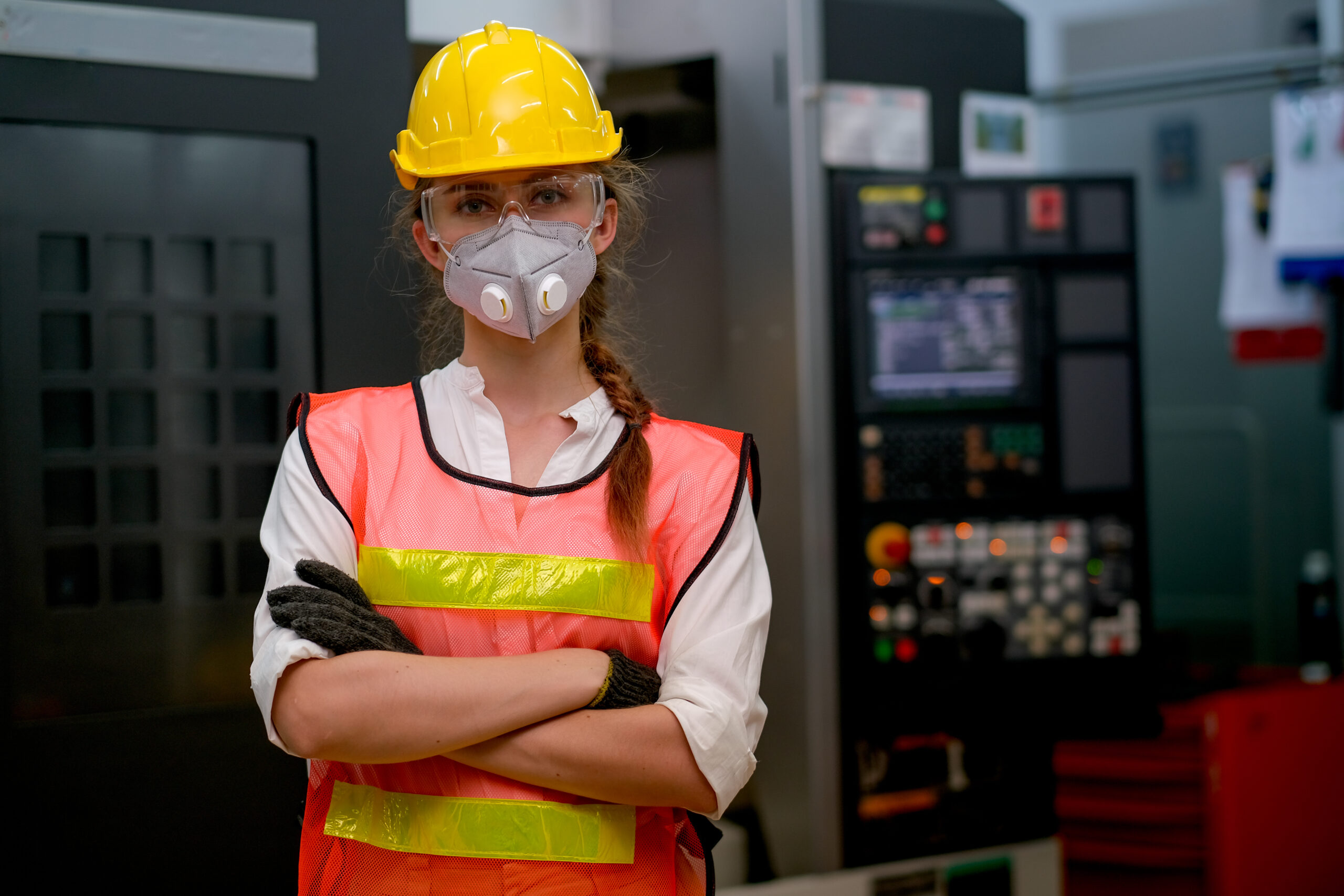Men must have been dimly aware of the human population being a huge problem from very early times. It was not, however, until the dawn of the nineteenth century that anyone worked out a theory of population growth. The man who did this was Thomas R. Malthus, an English clergyman.
So, let’s see what’s so great about this theory that it was even mentioned in Dan Brown’s Inferno. (PS: For the connection between the Malthusian Theory and Dan Brown’s novel, you can have a look at: The Inferno Principle: Can the World Support Us?)
The History

In the closing years of the eighteenth century, men were very much interested in the possibility of unlimited progress of mankind. Malthus’ father believed firmly that such progress was possible. He maintained that if men could only perfect their political systems, life would be forever more happy, prosperous and peaceful throughout the world. The younger Malthus denied that this was possible – he maintained that the pressure of population would inevitably result in misery for mankind. Father and son took part in heated discussions over the matter. The son eagerly sought support for the arguments that he sometimes drew out of thin air. Thus, he was led to examine the whole problem of population size and growth. His famous Essay on the Principle of Population appeared in 1798. An immediate sensation, it brought about heated controversy, which has not yet died down. Malthus devoted five years to research and travel and then brought to research and travel and then brought a second edition of his work.
The Theory

The Malthusian theory is based to a large extent on the difference between geometric and arithmetic progression.
Malthus took the position that human beings can produce their young in what is practically a geometric progression. His study of population problems in the American colonies convinced him that under favorable conditions a human group could double itself every twenty-five years. Such a progression would lead to enormous numbers in a very few centuries. But, of course, all these individuals would have to be fed. Malthus, therefore, turned his attention to the practical possibilities of increasing food production. He came to the conclusion that mankind could not hope to increase its subsistence by more than an arithmetic ratio. That is, man would add to food production every twenty-five years an amount equal to that which was being produced at the time that Malthus wrote.
Under such conditions, the geometrical increase in population would have to be limited by the arithmetical increase in food. Population would always tend to press upon food supplies and in Malthus’s opinion, this pressure would be so great that food supplies would always run short and much of the population would be condemned to a life of misery.
Malthus realized that food supplies could be increased by advances in farming and other techniques. But he claimed that no society would ever succeed in providing for all the offspring that man could produce. Therefore there must be some checks. Malthus divided these into two groups. In the first group, he included the preventive checks that limit the birth rate such as celibacy, deferred marriage and vice. The second group consisted of positive checks that increased the death rate – here he included war, famine, pestilence and again, vice. All of these checks involved misery, said Malthus. But he insisted that the minor misery of the preventive checks was preferable to the major misery of the positive checks.
Don’t be surprised, but he even advised young people to postpone marriage until they felt reasonably sure that they could provide satisfactorily for their children. Well, on that, I agree with him. In this way, they would be serving both themselves and society.

